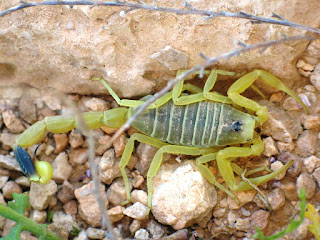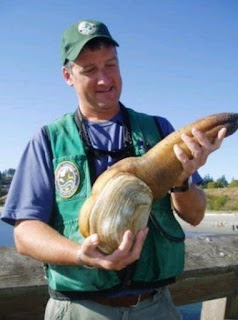Cat

T he cat (Felis catus) is a domestic species of small carnivorous mammal. It is the only domesticated species in the family Felidae and is commonly referred to as the domestic cat or house cat different from the wild members of the family. Cats are commonly kept as house pets but can also be farm cats or feral cats; the feral cat ranges freely and avoids human contact. Domestic cats are cherished by humans for companionship and their ability to kill rodents. The cat is similar in anatomy to the other felid species: it has a strong flexible body, quick reflexes, sharp teeth, and retractable claws adapted to killing small prey like mice and rats. Its night vision and sense of smell are well developed. Cat communication includes vocalizations like meowing, purring, trilling, hissing, growling, and grunting as well as cat-specific body language. Although the cat is a social species, it is a solitary hunter. As a predator, it is crepuscular, i.e. most active at dawn and dusk. It...




